To address the major challenges outlined in the 2030 Agenda for Sustainable Development, it is necessary to tap into all potentials, including the potential of women in science. According to analysts, ensuring gender diversity and expanding the pool of talented researchers will bring new perspectives and creativity.
Gender Gap Still Exists in STEM
Although the fields of Science, Technology, Engineering and Mathematics (STEM) are considered important to the national economy, gender gaps persist at all levels of STEM disciplines.
On average, women make up about 29% of the STEM workforce in the 146 countries assessed in the United Nations' "Global Gender Gap Report." The figure is 49% in non-STEM fields. Women in STEM fields earn about 15%-30% less than men.
According to analysis by the Pew Research Center (USA), a person working in the STEM field earns about two-thirds more than someone working in other fields. Notably, some high-paying STEM occupations such as computer science and engineering have very low rates of female participation.
The Global STEM Salary Survey also found that there is still a gender pay gap in STEM jobs in Europe and North America. This is worrying because women in the same field and in the same position deserve to be paid the same as men.
Although women are increasingly represented in higher education, they make up only 28% of engineering graduates and 40% of computer science and information technology graduates.
One of the reasons for this gap is the stereotype that “STEM is a male-dominated field.” This makes many girls and women hesitant, even discouraged, from pursuing education and careers in STEM.
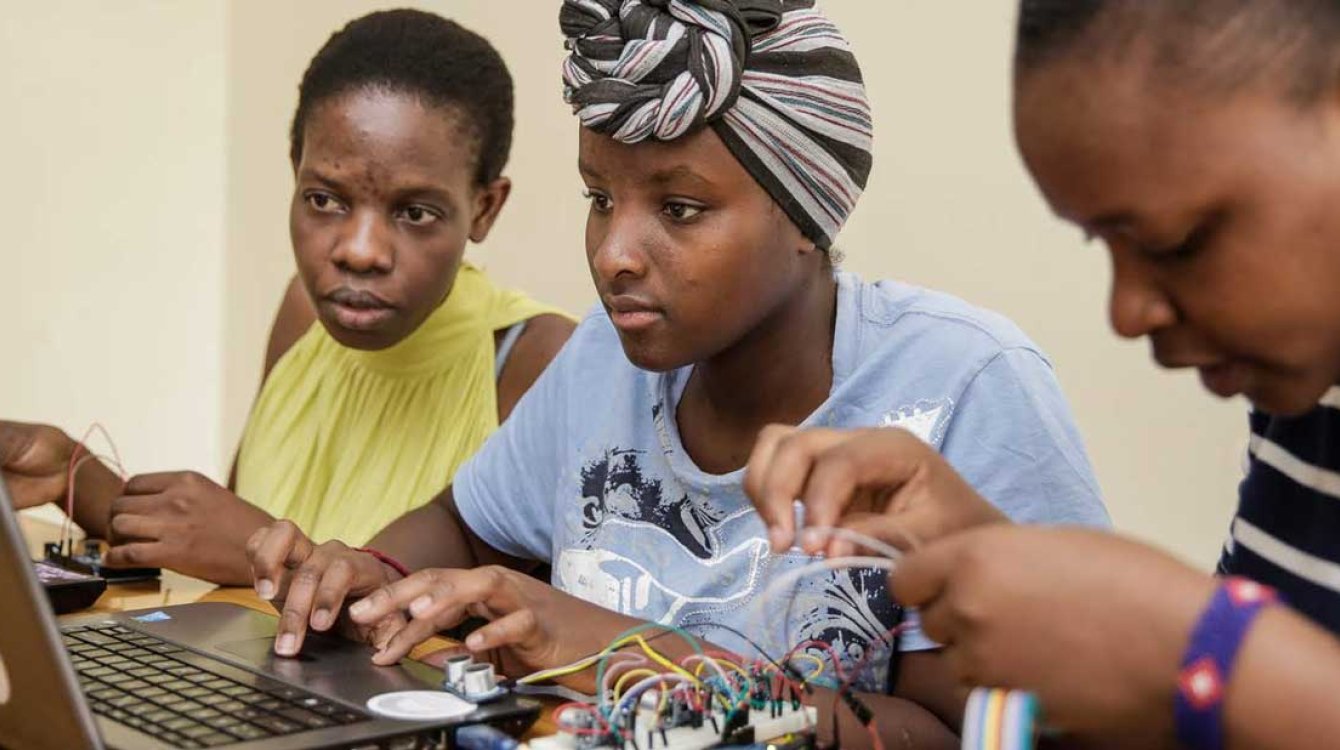
Encouraging women and girls to pursue STEM
Additionally, female researchers tend to have shorter careers and earn less than men. Their work is underrepresented in prestigious journals and they often have fewer opportunities for promotion. Women are often awarded fewer research grants than their male counterparts.
Despite making up 33.3% of all researchers, only 12% of members of national academies of science are women. In cutting-edge fields like artificial intelligence, only one in five experts (22%) are women.
Hope for the future
Science in the 21st century is dynamic, collaborative and diverse. It is a powerful tool for solving global challenges and opens doors to careers far beyond the laboratory. Science needs to provide more opportunities for women.
Part of the solution requires companies to be more thoughtful about qualified female candidates—otherwise, we’ll never change the status quo. But companies also need to provide support for female employees, so they have the opportunity to grow both personally and professionally.
Recruitment is just the first step, retention, training and advancement opportunities are the key. Ensuring gender equality in the workplace is not only the right thing to do, but also beneficial for businesses.
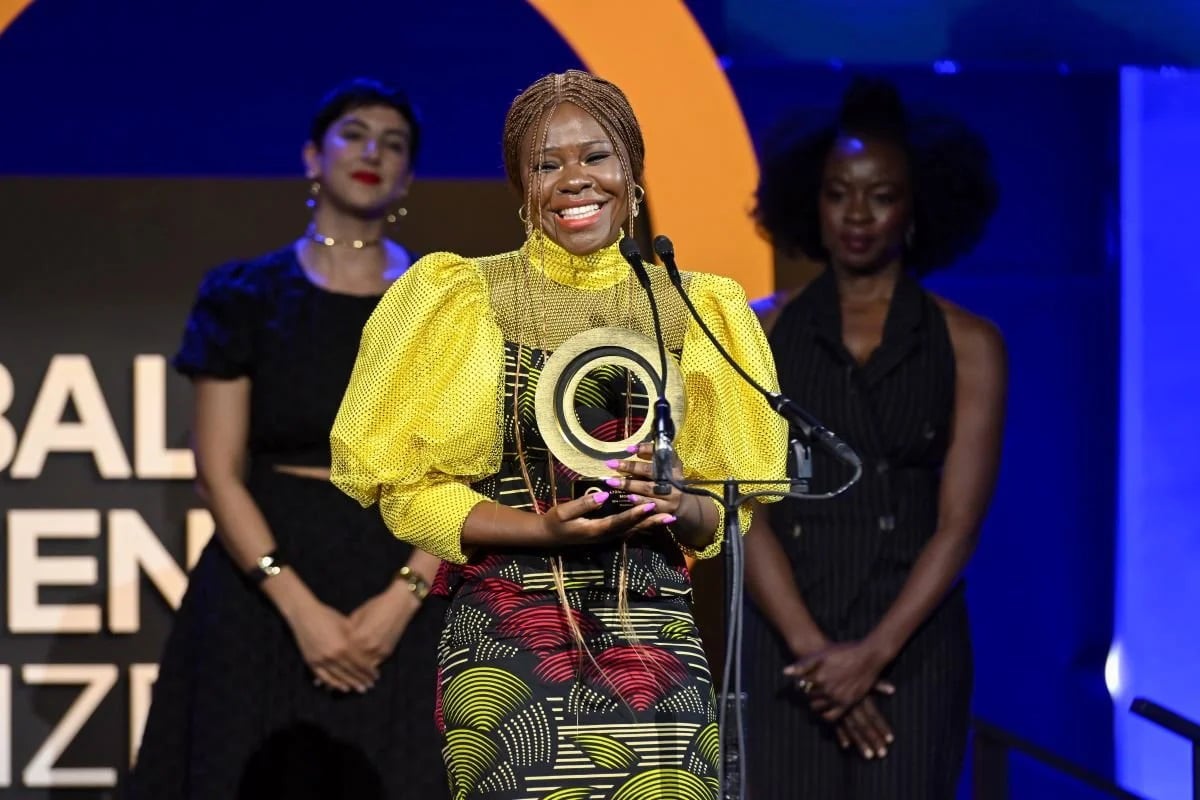
Tanzanian entrepreneur Lydia Charles Moyo awarded 2024 Global Citizen Prize
According to a McKinsey report, companies in the top 25% for gender diversity are 15% more likely to outperform their national industry median in terms of profits.
STEM is making some improvements in the working environment for women, such as more flexible working arrangements. However, there is still much work to be done to provide equal access and opportunity for women of all ages, from primary and secondary school to female workers entering the labour market and those already working in STEM.
Dedicated support and mentoring programs will play a key role in driving change and breaking down existing gender barriers. It is even more important that experienced women in STEM are willing to become mentors and proactively help the next generation.
In addition to the mentoring role of the older generation, we also need to remember the importance of diverse perspectives (from both men and women) to help our sisters develop.
In Africa, there is a growing push to prioritize STEM education for girls, who are still underrepresented in the field. One example is Tanzanian entrepreneur Lydia Charles Moyo, whose NGO Her Initiative promotes the empowerment of girls through technology.
Founded in 2019, the organization provides education and skills related to entrepreneurship and employment, while leveraging technology to bridge the gender gap in the digital sector in Tanzania.
Ms. Moyo’s initiative not only shapes how to address the underrepresentation of women and girls in STEM, but also contributes to promoting digital inclusion and developing strategies for integrating technology with gender equality goals in Tanzania.
Moyo’s work has been recognized nationally and internationally. In April 2024, Moyo was awarded the 2024 Global Citizen Award for her work promoting the economic empowerment of girls and young women.
In June 2024, Ms. Moyo went on to win the KBF Africa Prize 2023-2024 (by the King Baudouin Foundation), recognizing Her Initiative's efforts in unlocking women's economic potential, addressing the youth unemployment crisis, and promoting socio-economic development in sub-Saharan Africa.
This year’s International Day of Women and Girls in Science (11 February) celebrates the role of women in science and their vital contribution to sustainable development. The theme aims to highlight the important role of women and girls in science and technology and to support opportunities to increase their participation. Today, science and gender equality are both essential to achieving the internationally agreed Sustainable Development Goals, including the 2030 Agenda for Sustainable Development.
Source: Technology Networks, sdg.iisd.org
Source: https://phunuvietnam.vn/xay-dung-mot-tuong-lai-cho-phu-nu-trong-khoa-hoc-20250212110528324.htm



![[Photo] Reception to welcome General Secretary and President of China Xi Jinping](https://vstatic.vietnam.vn/vietnam/resource/IMAGE/2025/4/14/9afa04a20e6441ca971f6f6b0c904ec2)
![[Photo] National Assembly Chairman Tran Thanh Man meets with General Secretary and President of China Xi Jinping](https://vstatic.vietnam.vn/vietnam/resource/IMAGE/2025/4/14/4e8fab54da744230b54598eff0070485)
![[Photo] Prime Minister Pham Minh Chinh meets with General Secretary and President of China Xi Jinping](https://vstatic.vietnam.vn/vietnam/resource/IMAGE/2025/4/14/893f1141468a49e29fb42607a670b174)

![[Photo] General Secretary To Lam holds talks with General Secretary and President of China Xi Jinping](https://vstatic.vietnam.vn/vietnam/resource/IMAGE/2025/4/14/b3d07714dc6b4831833b48e0385d75c1)




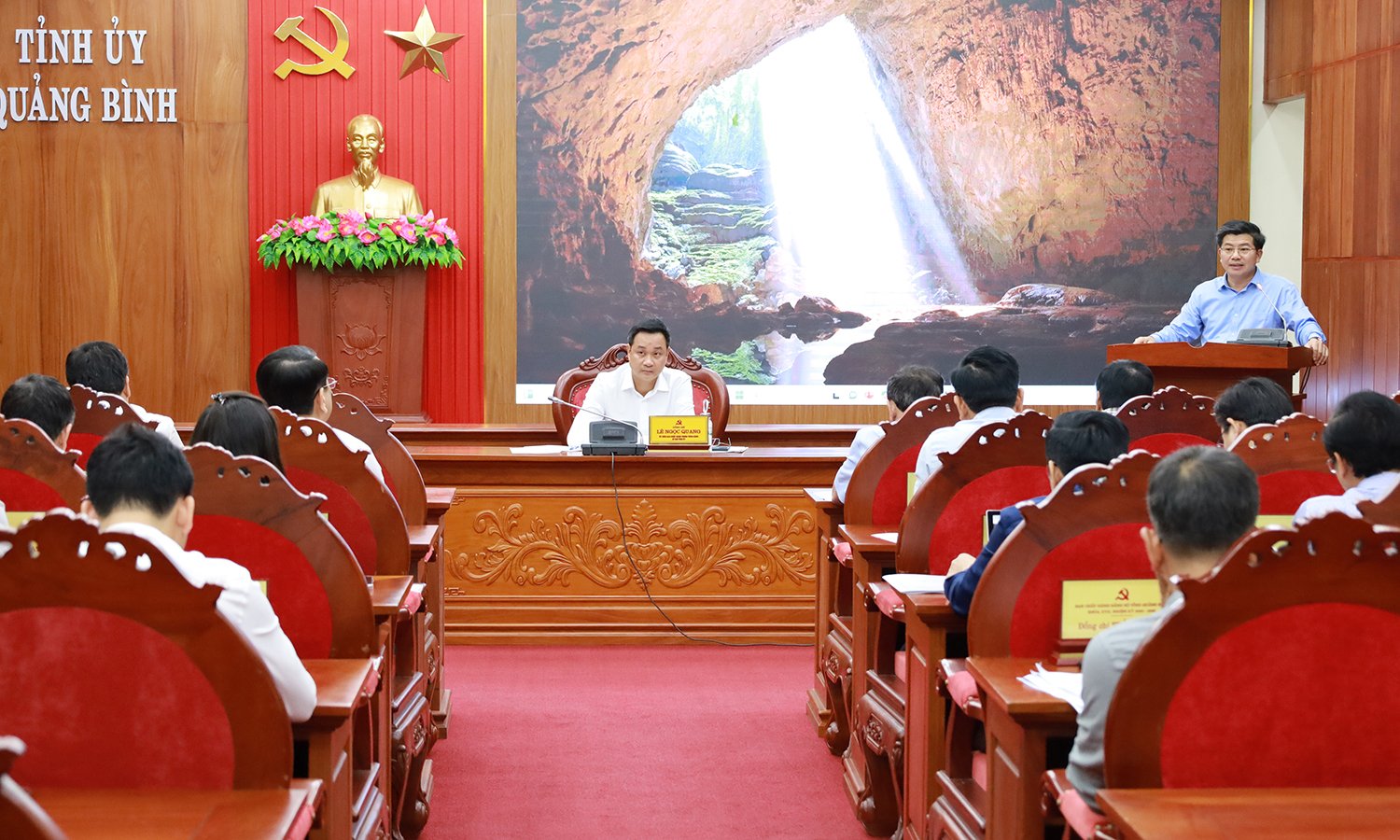
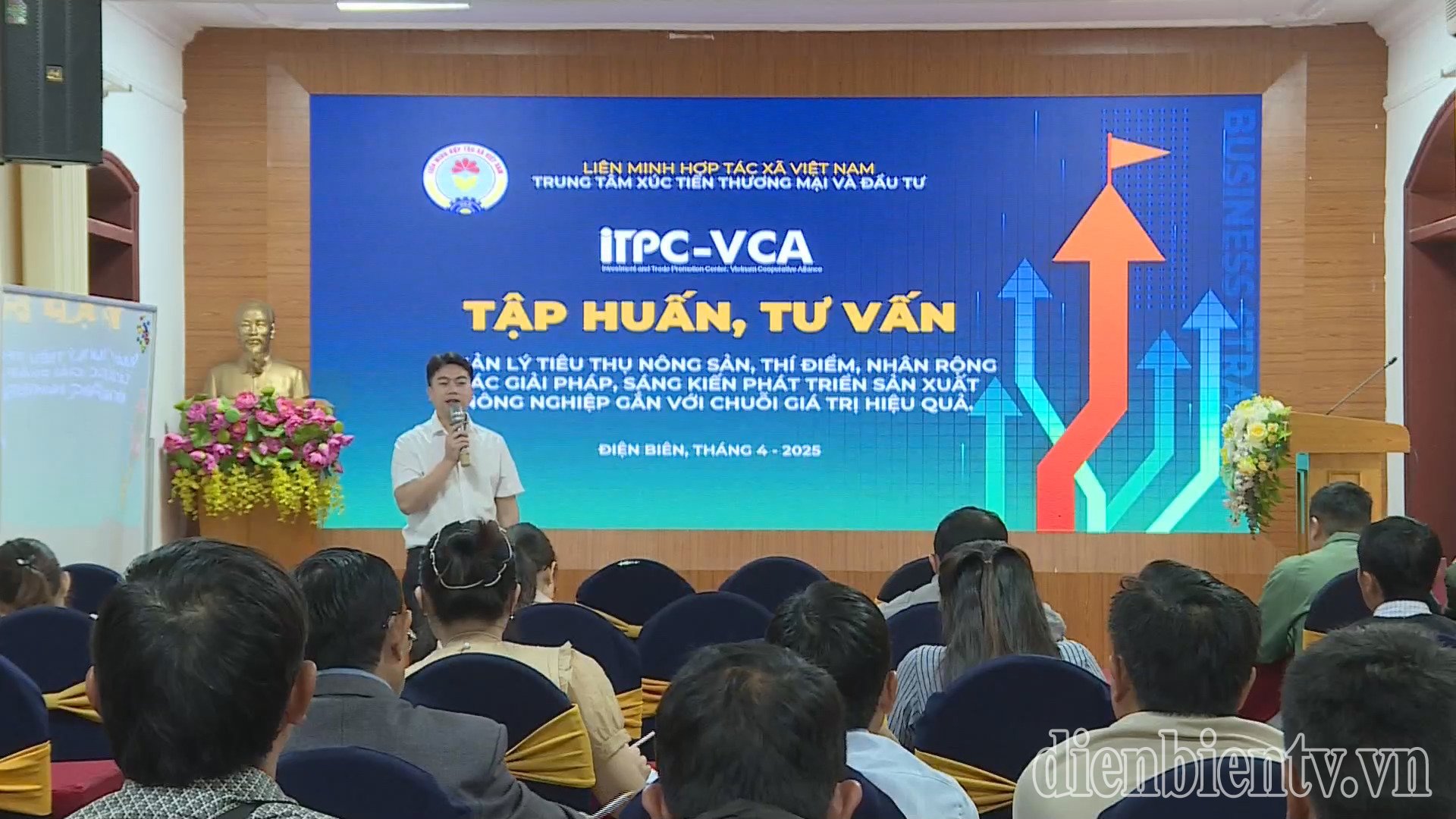

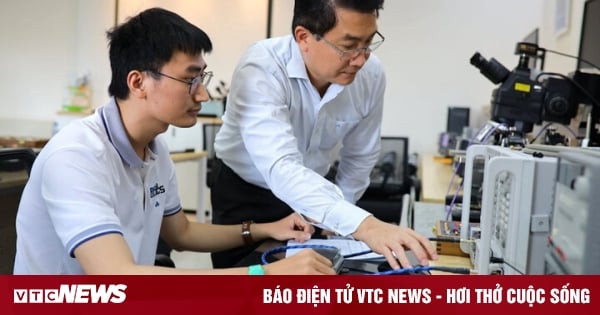
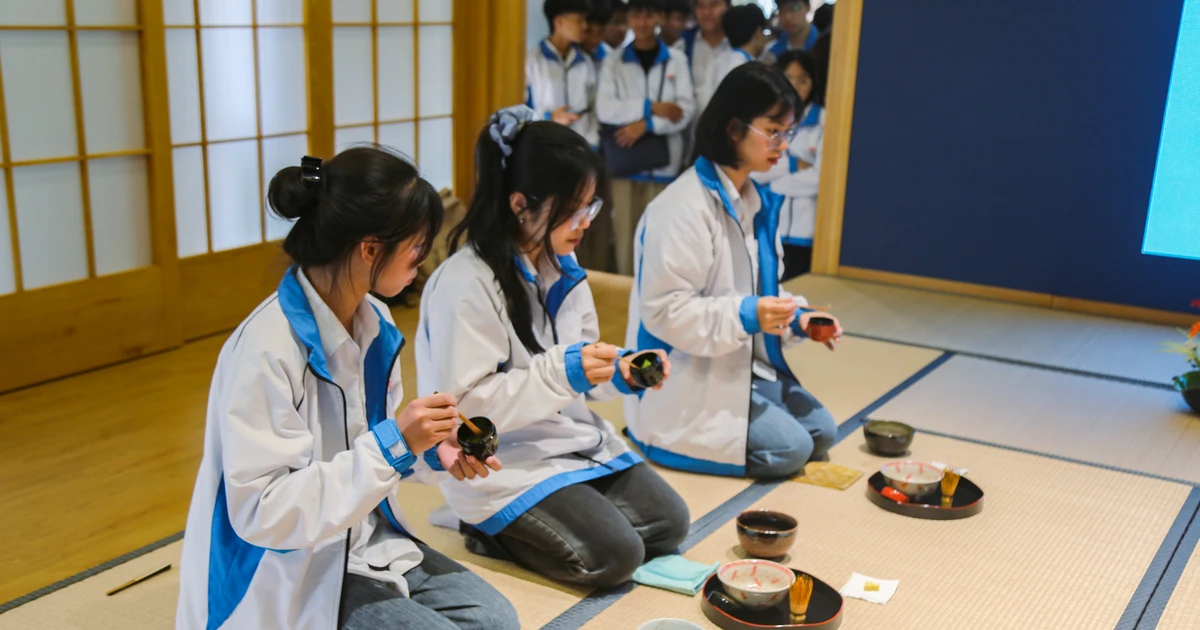














![[Photo] Reception to welcome General Secretary and President of China Xi Jinping](https://vstatic.vietnam.vn/vietnam/resource/IMAGE/2025/4/15/ef636fe84ae24df48dcc734ac3692867)










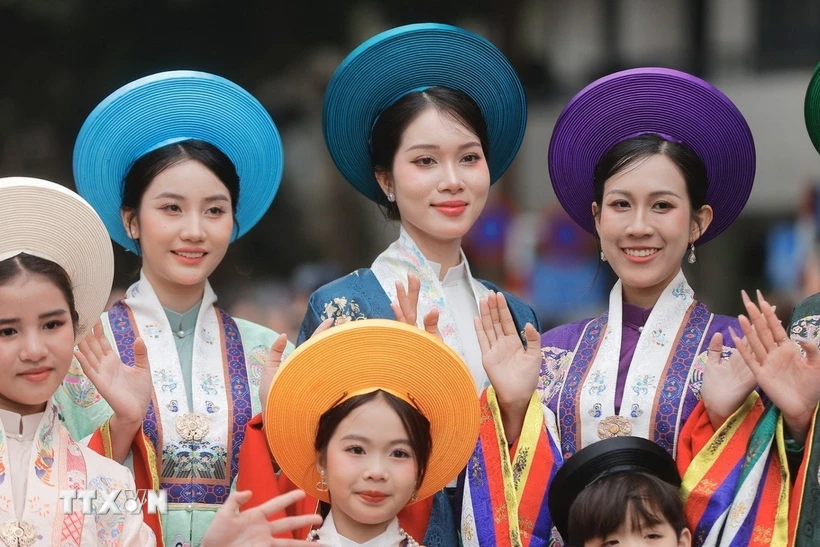




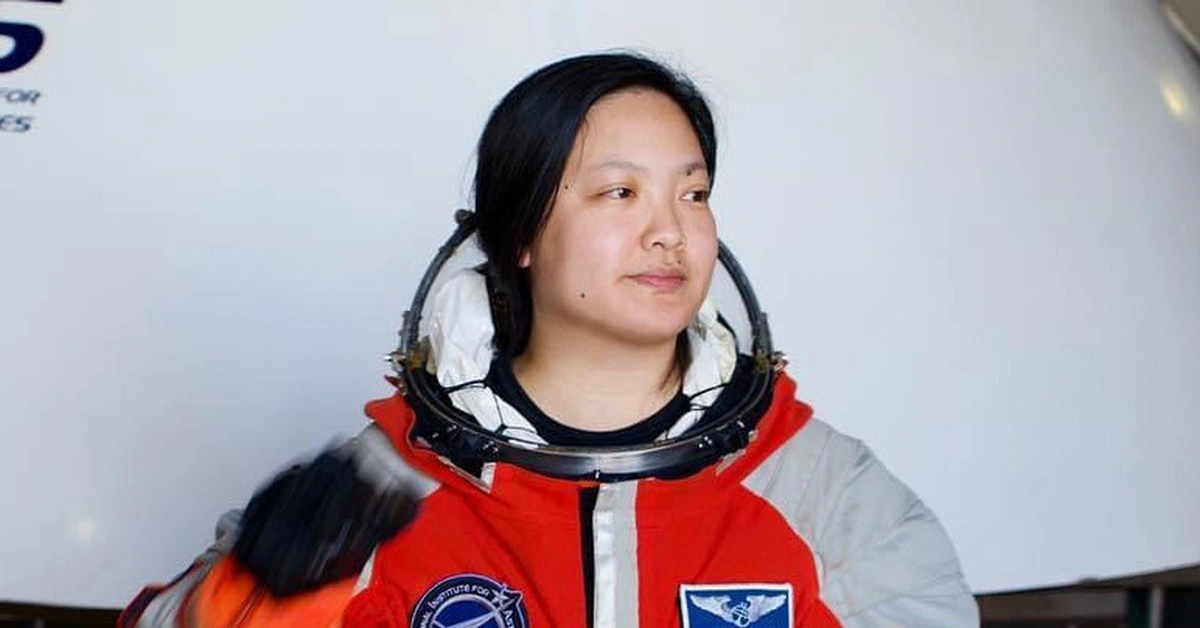


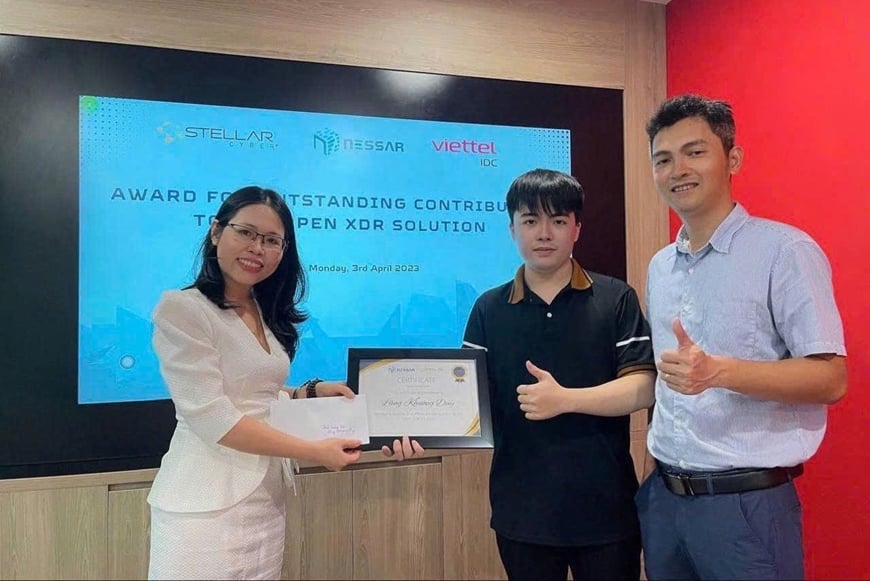

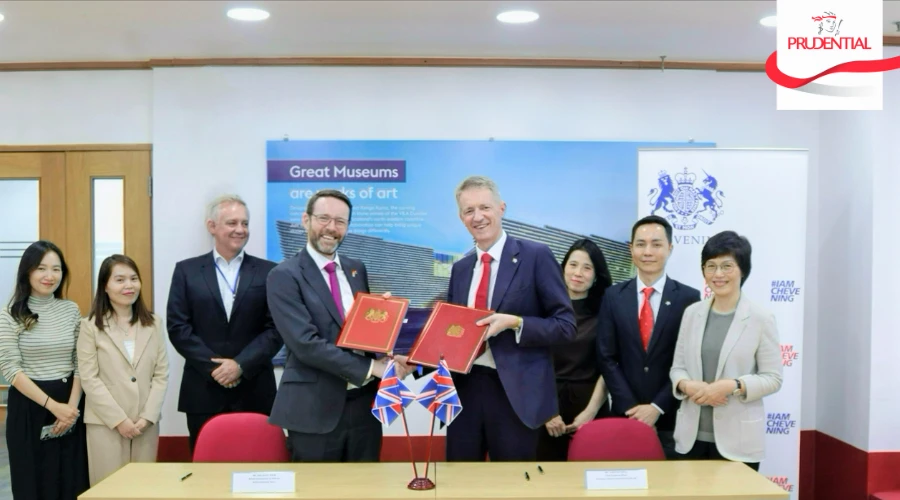








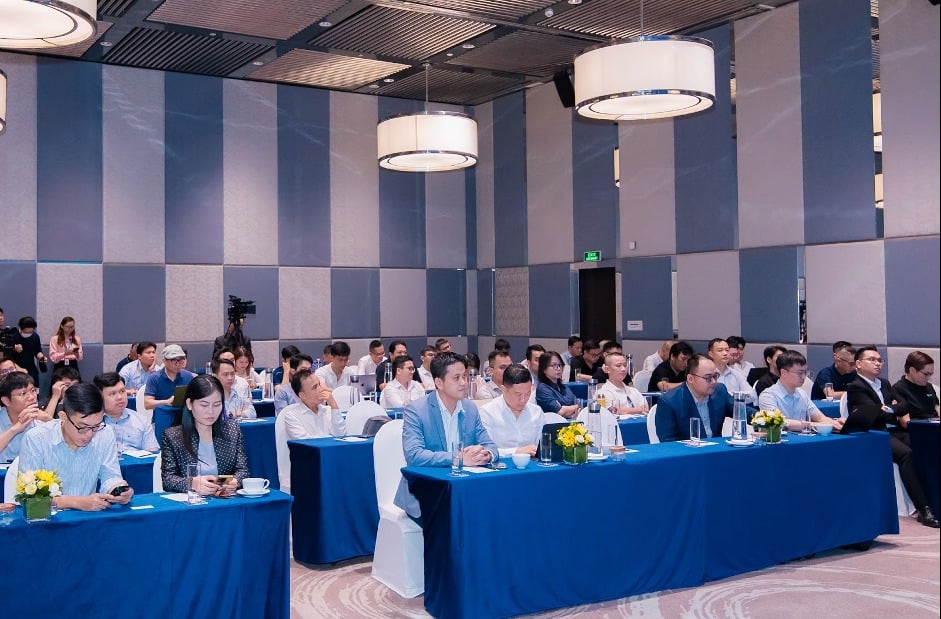
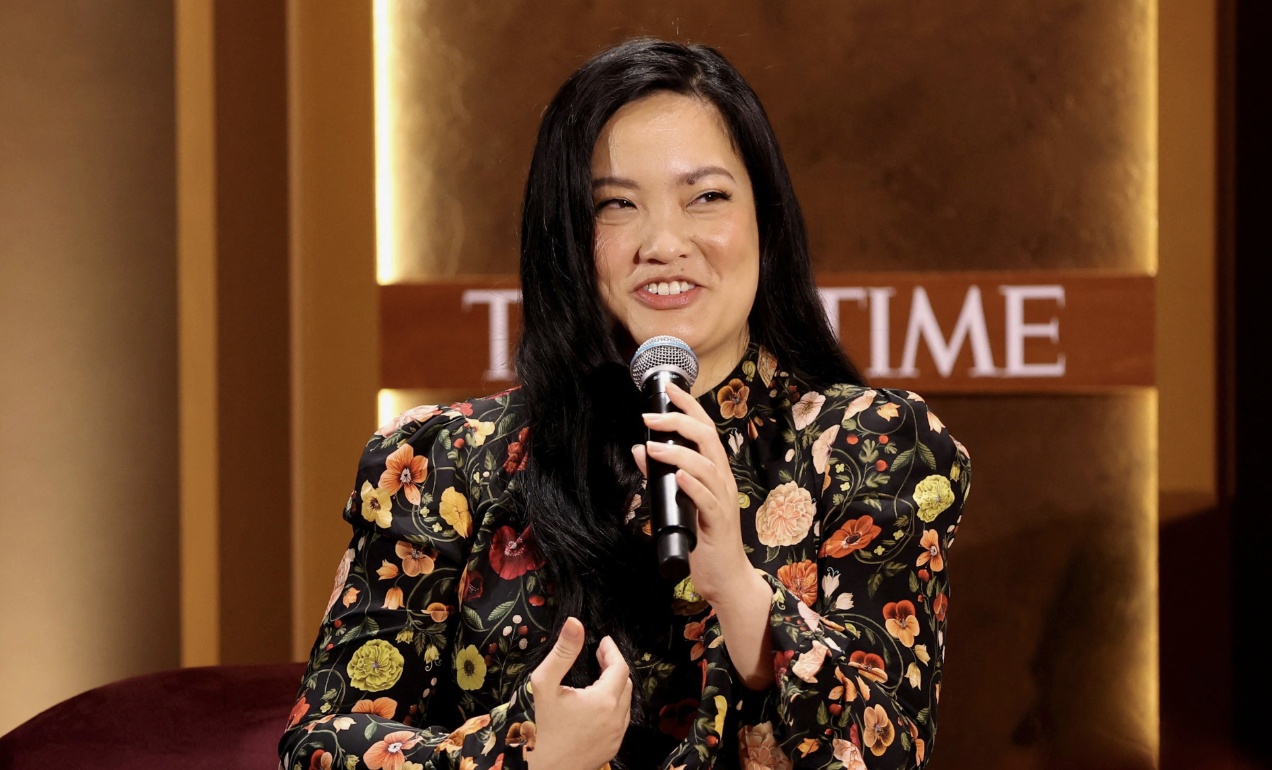


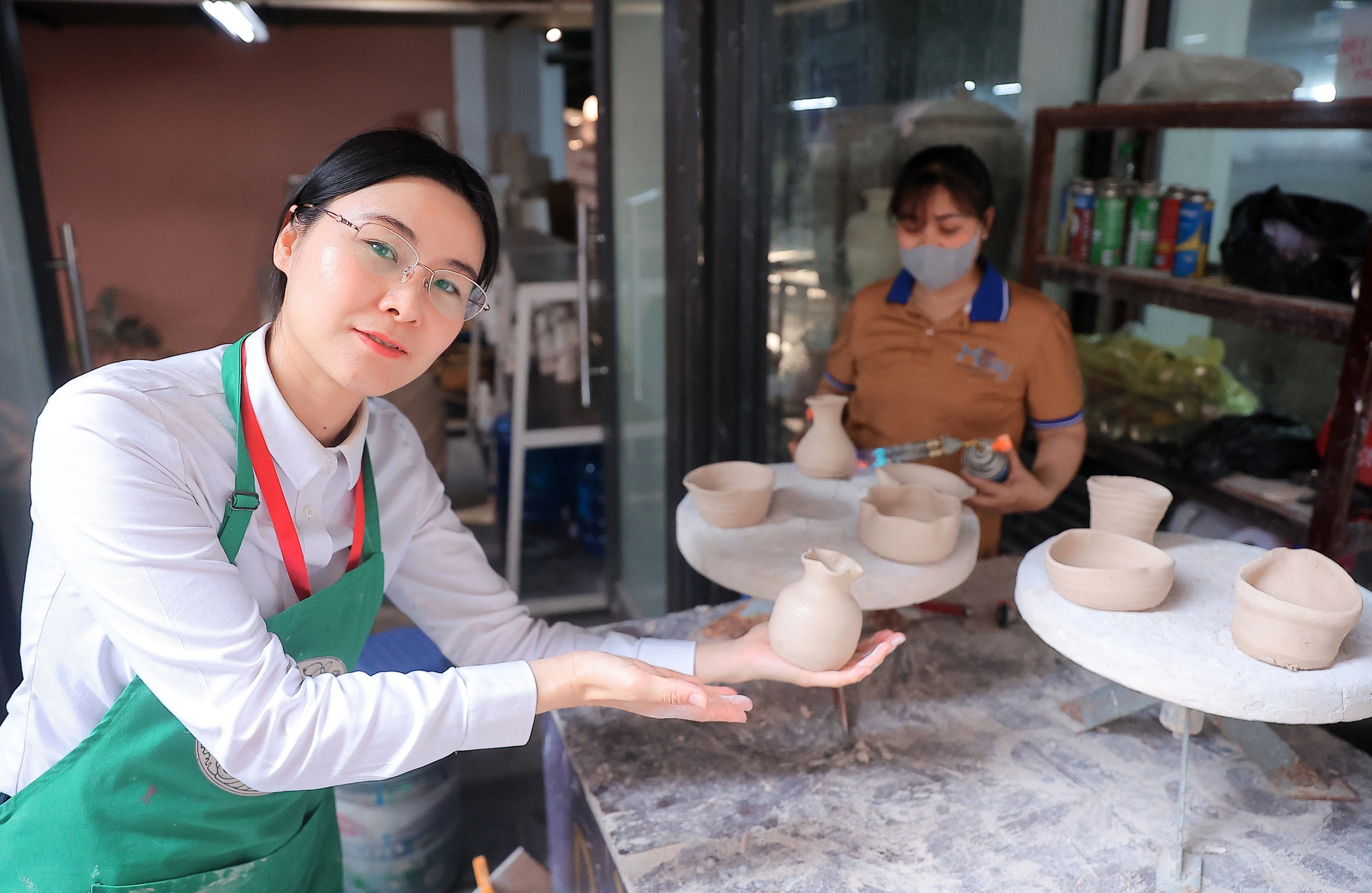





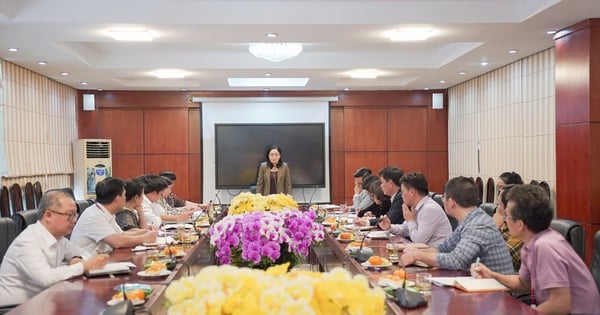























Comment (0)